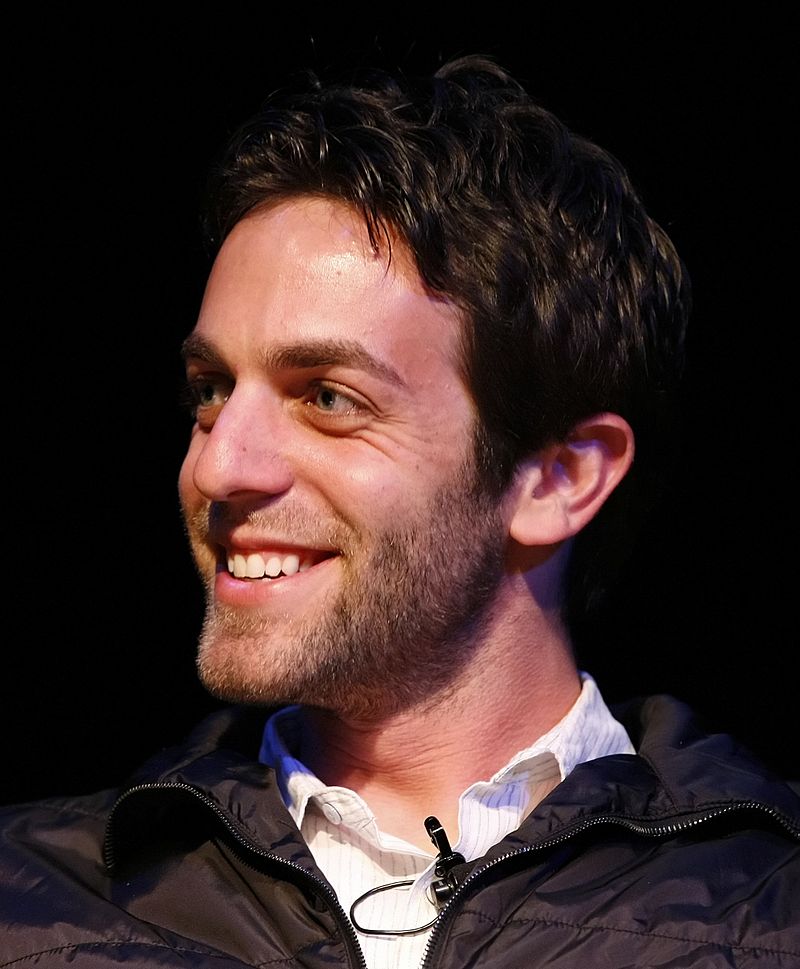 author
authorDiscover the Best Books Written by Larry Niven
Laurence van Cott Niven was born on April 30, 1938, in Los Angeles, California, and spent his childhood in Beverly Hills, "excluding two years (ages six to eight) in Washington, D.C., serving his country." In 1956 he entered the California Institute of Technology, only to flunk out a year and a half later after discovering a bookstore jammed with used science-fiction magazines.
Larry finally graduated with a B. A. in mathematics (and a minor in psychology) from Washburn University, Kansas, in 1962 and completed one year of graduate work in mathematics at UCLA before dropping out to write. He made his first sale, "The Coldest Place," in 1964 for $25. Niven's love of science drove him to write stories on the cutting edge of scientific discovery throughout his career.
Neutron stars were a newly-described phenomenon when Niven first wrote about them in 1966, and the modern-day theories of "dark matter" inspired him to write "The Missing Mass" in 2000. ("Neutron Star" netted him his first of five Hugo awards, and "The Missing Mass" earned an award from Locus, continuing his streak into the 21st century.) In between, he wrote stories about quantum black holes (following a talk with Steven Hawking), solar flares, and the "real" reason Saturn's rings appeared twisted in Voyager I's imagery.
Larry's first published story, "The Coldest Place," appeared in the December 1964 issue of Worlds of If. It was set on the dark side of Mercury, then considered the coldest place in the solar system; unfortunately, scientists discovered that Mercury does indeed revolve with respect to the sun just about the same time that "The Coldest Place" saw print. Undeterred, Niven continued writing about the wonders of the universe for the next four decades and showed no signs of stopping.
Some of his contemporaries, like David Brin, have jokingly accused Larry of mining out the territory so completely that there's nothing left for other writers to explore! There can be no doubt that hard-sf writers dominant in the 1980s, like Greg Bear, and some of those reaching for eminence at the turn of the century, like Paul J. McAuley, Roger MacBride Allen, and Stephen Baxter (one of Larry's own favorites), owe much to the scope of Larry's inventiveness and that genre-defining sense of wonder that's firmly anchored in the real-world setting of science and technology.
Originally, Larry never set out to write an epoch-spanning future history. Of his first 11 published stories, only two featured returning characters (the solar-system-exploring team of Eric the Cyborg and his human partner, Howie). Two more stories contained themes and concepts that would later be incorporated into Known Space (including the hyperspace Blind Spot, the police force known as the ARM, boosterspice, brambleberry juice, and several planet names including Canyon, Jinx, We Made It, and Wunderland) but don't fit into the future timeline that was eventually molded by later stories.
In his 1990 essay "Playgrounds for the Mind," which serves as the foreword to the anthology N-Space, Larry writes, "I knew what I wanted when I started writing. I've daydreamed all my life and told stories, too: stories out of magazines and anthologies, aloud, to other children. One day my daydreams began shaping themselves into stories. I wanted to share them. Astrophysical discoveries implied worlds weirder than any found in fantasy. I longed to touch the minds of strangers and show them wonders. I wanted to be a published science fiction writer. I wanted a Hugo Award!"
By 1966 it was already clear that Larry Niven's daydreams stretched far beyond the covers of his books. World of Ptavvs, for example, is about the revival of a stranded alien, the last member of a species that's been extinct for 3 billion years. Niven brings the long-dead Slaver civilization to vivid life, and turns Kzanol loose in a future version of our solar system that's just as fully realized. He created a richly-populated universe with a past and a future and endless story potential. It's probably no surprise that it lured its author back again and again.
Right around this time in Larry's newborn career, his friend and publisher Fred Pohl started suggesting science-based stories to him, pointing Larry towards the "odd pockets of the universe." Larry took the idea to heart and soon created one of his most endearing and enduring characters, an out-of-work space pilot and born tourist named Beowulf Shaeffer, who visits neutron stars, antimatter planets, and even the core of the galaxy in the course of his adventures.
These stories also introduced Pierson's Puppeteers, a quirky, cowardly race of two-headed, three-legged opportunists who would turn out to have a deep impact on future Known Space stories even when they didn't appear directly. (Fred Pohl also introduced Larry to a fan named "Fuzzy Pink" who became his wife, but that's another story.)
Best author’s book




















